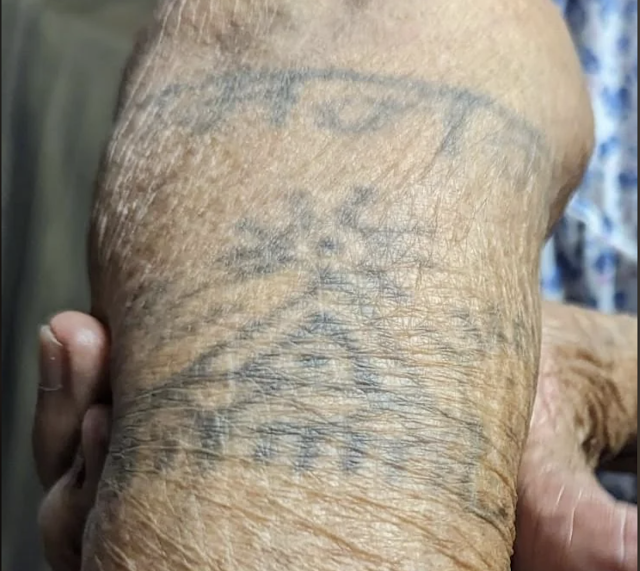Every month I enjoy tackling the
cryptic puzzle in Harper's magazine. The
December one that came this week is particularly frustrating. I've figured out the 24 words in the clues, but I'm facing the task of fitting them into the dodecahedron.
The instructions note that there are 12 letters left over after "subtracting" the five-letter answers from the 6-letter answers, and those 12 letters will spell "the name of the holiday person to whom the puzzle is dedicated." (no indication whether that "name" is a proper name or an occupation or other descriptor and whether it is one word or two or three).
Here are the 12 letters: BEGIIILNNRRV
If I could figure out how to rearrange those 12 letters into a name, the rest of the solution would fall into place more easily. Even Wordsmith's excellent
Internet Anagram Server couldn't come up with any relevant one- to six-word solution - but perhaps names are not in its database.
I'd appreciate any suggestions. [answer in the Comments]
Reposted to add another fiendish cryptic from
Harper's:
I am in awe of the constructors of word puzzles like this. To start with, the clues are cryptic:
12: "Unlikely flier takes a long time to become one!"
The unlikely flier is a PIG ("when pigs fly..."). Add a long time (EON) to get PIGEON, which is a flier. That goes in the hexagon numbered 12. But... there's no way to know which of the six triangles gets the first letter, and there's no way to know whether the word turns clockwise or widdershins.
So you have to solve an adjacent hexagon clue. Let's say you figure out clue 11, and the answer shares the letters P and I with hexagon 12. Good. But there's still no way to know which direction the words get entered. So you have to solve a third adjacent clue to start fitting the words together in the grid.
These puzzles are a bit different from the traditional British cryptic grids, and are not for the faint of heart. For an entry-level standard cryptic, I would suggest the ones posted on Sundays by
The New Yorker. That link should not be behind a paywall, you don't have to create an account, you can click the "settings" to include an "error check mode" that will alert you if you make a mistake while working the puzzle. And best of all, when you finish (or give up), the answer key will indicate the proper construction of the cryptic entries. Give it a try.
Reposted from 2023 to add yet another challenging cryptic puzzle grid:
This time
the grid has no numbers, so there is
no indication which answer goes where. The clues are arranged in alphabetical order of their (unknown) answers. I've been working on this for several days and after solving about half of the clues I've found two pairs that logically have to cross in the grid, but it's going to be tough sledding to get the whole grid done. Those who want to tackle the puzzle can find the original in the May 2024 issue of
Harper's Magazine (available from your library).


















